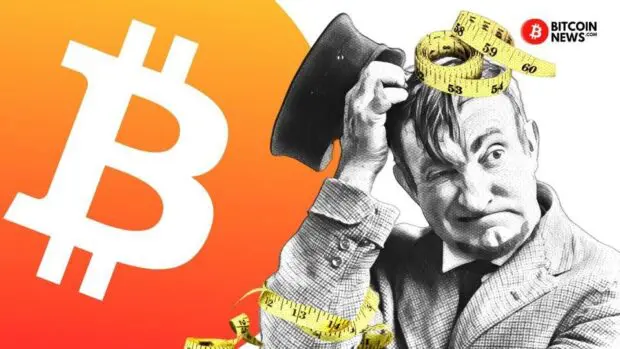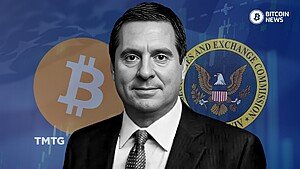While reading my copy of Allen Farrington and Sasha Meyers’ Bitcoin is Venice I encountered a phrase that hit me like a ton of bricks: “We don’t want to use a stretchy ruler.” I think it might be one of the most accurate characterizations of what is wrong with money as it stands today.
As an oversimplified concept, in my mind money can be described as a measure of value. Prices contain a lot of information in a single number, but at a base level, they measure how the product is valued by the consumers and producers of said value.
I’ve always hated the phrase “too expensive.” It could mean a multitude of things. What are you really trying to say? You don’t have enough money i.e., value to purchase the item? Potentially. But most often, what people mean is that they don’t value that particular item enough in relation to the set of all other items they could purchase at that time.
Could I buy an $800 espresso machine today? Yes, I could. But because of all of the other responsibilities, wants, and needs we have as a family, the price precludes me from making this purchase. So I don’t.
So, in terms of value, price seems like a pretty simple measure in which to compare things in the moment. The problem arises when you are trying to predict or project values across time.
This is where it gets a little tricky.
Stocks and bonds for example are often valued on a decades-old model that that uses projected cash flows out into the future — and then uses inflation and assumed rates of return and discounts them back to a value in the present. You type some assumptions into a spreadsheet, and bam, you get your price. The main problem I see is that you are making estimates based on estimates and best-guesses.
This is probably a significant contributor to market volatility, and a large reason why traditional asset managers simply don’t know what to do about bitcoin. They can’t value it by a model that was created in the early 1900s (if memory serves me right).
Imagine if the metric system changed on a regular basis because there was a largely unaccountable agency who could create more mass, or more distance at will. How the hell would you build anything? You couldn’t. Because you couldn’t rely on your measures from year to year. It would be chaos.
How can we accurately project and predict prices, i.e., value, into the future when we have absolutely no idea of how to predict inflation? It all depends, fundamentally, on a set of unpredictable variables, including but not limited to the Federal Reserve’s proclivity for printing money.
Financial planning for individuals and businesses relies upon measures, but we are measuring our money with a stretchy ruler. There is no constant; it is fundamentally unpredictable. This problem in my eyes is one of the largest contributors to instability in the country, if not the world. Without a constant there is no stability. Without a measuring device, there can only be chaos.
One of the most important prices in the market is the price of money, or interest rates (the price of borrowing money). Pundits like to talk about them incessantly, as the Fed decides to raise or lower them based on how they interpret current and future economic conditions. How do they actually do this? By purchasing bonds with newly printed money.
A key detail that I think so many prominent Bitcoiners just hand-wave away is what a bond actually is. A bond is an interest-only loan. Government sells a $1,000, ten-year bond, with a $100 annual coupon payment. I give the government $1,000 for ten years, in exchange they give me $100 a year, and return the $1,000 at the end of the ten years. If you divide the coupon payment by the bond’s price, you get the yield: $1,000 divided by $100 is 10%, so the yield on this bond is 10%.
Where it gets interesting is once the bond is sold, the price begins it’s float freely on the open market. There is where the Fed steps into the picture. If they start purchasing bonds at quantities of, let’s say, $120 billion a month — like they did for the Covid Quantitative Easing program — the excess demand starts to drive up bond prices. As the denominator in your yield equation goes up, the yields go down. This is what Greg Foss means by the inverse relationship between bond prices and yields.
So what quantitative easing actually means is the Fed artificially created dollars to artificially drive up bond market prices to artificially drive down yields, to artificially decrease the cost of borrowing, which artificially lowers the price of money.
I would venture to say that the price of money is the bedrock of all prices. If price is a signal, a measure of value, and the price of money is fundamentally manipulated, then it must follow that all other prices are manipulated. Prices cease to communicate value in a clear and coherent way. It makes planning and measuring difficult at best — especially over longer time periods.
This is why the 21-million hard cap of bitcoin is so important. We can transition to a period of stability and predictability. Baseline measures can be standardized. Individuals and institutions can now predict and plan and project because there is now a standard which is unmovable. Unchanging. Bitcoin is the monetary metric system. It can standardize all measures across the economy and lead to unimaginable progress by eliminating the stretchy ruler of fiat money.










